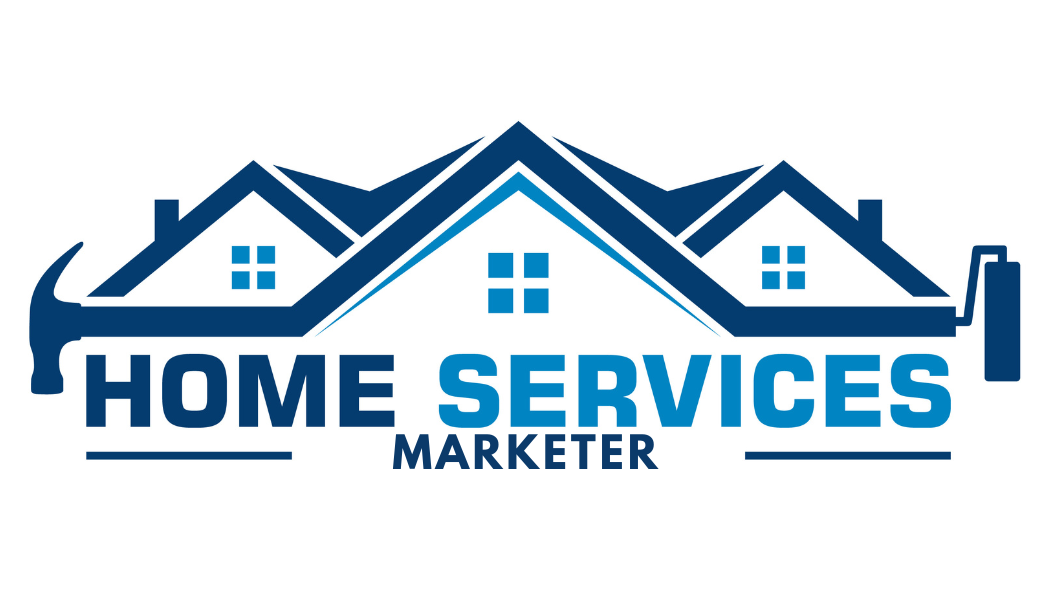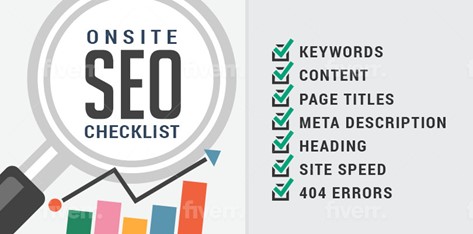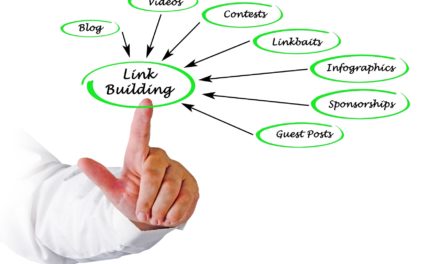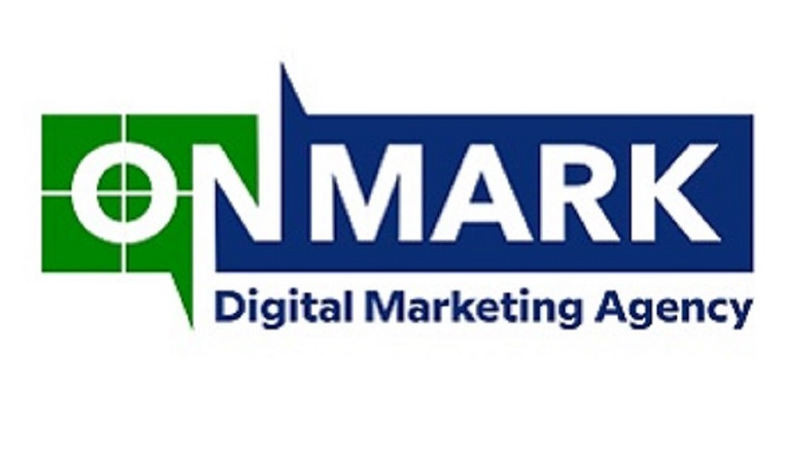On-Site SEO
Are you looking to get your website
found and increase its search engine visibility? Onsite

SEO can help! You don’t need to be a tech expert or understand all the technical terms; you need to understand how search engines determine which content ranks most highly in searches.
In this blog post, we’ll walk through the key elements that go into constructing an effective onsite SEO strategy so you can make sure your web pages are optimized for top rankings.
Please keep reading to learn more about how onsite SEO matters and works!
What is On-Site or On-Page SEO?
On-site or On-Page SEO optimizes a website to make it more visible and attractive to search engine algorithms. This includes optimizing page titles, descriptions, text, images, videos, and other elements on the webpage. It also involves optimizing internal links between pages on the site and external links from other sites.
The goal of onsite SEO is to create a website optimized for search engine algorithms to rank higher in search results and attract more traffic.
Why is On-site SEO or On-Page SEO Important?
Onsite SEO is important for helping your website rank higher in search engine results pages (SERPs) and increasing visibility. It can also help improve the user experience on your site and make it easier for search engines to understand and index your site’s content.
Here are some reasons why On-site SEO is important:
Search Engine Visibility
On-site SEO helps search engines understand the content and purpose of your web pages. By optimizing your site’s structure, titles, headings, meta tags, and URLs, you make it easier for search engine bots to crawl and index your website. This increases the likelihood of your pages being displayed in search engine results for relevant queries.
Higher Rankings
On-site SEO practices, such as optimizing keywords, improving site speed, and enhancing user experience, can increase search engine rankings. When your web pages appear on the first page of search results, you have a better chance of attracting organic traffic, as users tend to click on the top-ranking results.
User Experience
On-site SEO is not just about optimizing for search engines; it also focuses on improving the user experience. By organizing and structuring your content, optimizing page loading speed, ensuring mobile-friendliness, and providing easy navigation, you create a positive user experience. This, in turn, leads to longer on-site engagement, lower bounce rates, and higher chances of conversions.
Targeted Traffic
On-site SEO enables you to optimize your web pages for specific keywords and topics related to your business. By targeting relevant keywords with high search volumes, you attract visitors actively searching for information or products/services related to your industry. This increases the likelihood of generating targeted traffic that is more likely to convert into customers.
Competitive Advantage
In today’s digital landscape, competition is fierce in almost every industry. On-site SEO can give you a competitive edge by ensuring your website is optimized for search engines and user expectations. When your site stands out in relevancy, user experience, and content quality, you are more likely to outperform your competitors and attract a larger share of organic traffic.
Cost-Effective Marketing
On-site SEO is a cost-effective marketing strategy compared to paid advertising or other forms of online marketing. While implementing and maintaining requires time, effort, and expertise, the long-term benefits can be significant. Once your web pages are optimized and ranked well, they can continue to attract organic traffic without requiring ongoing advertising expenditure.
On-Site SEO Techniques
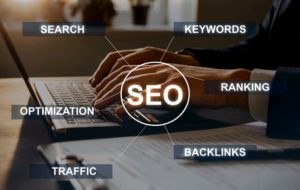
On-Site or On-Page SEO techniques are strategies implemented directly on your website to optimize individual web pages for better search engine rankings. These techniques focus on your website’s structure, content, and technical elements.
Here are some key on-site SEO techniques:
Keyword Optimization
Conduct thorough keyword research to identify relevant keywords that align with your content and target audience’s search queries. Incorporate these keywords into your page titles, headings, meta tags, URLs, and content. However, avoid keyword stuffing, as it can negatively impact your rankings.
Title Tags and Meta Descriptions
Optimize your title tags and meta descriptions to accurately represent the content of each page. Write compelling, concise, and keyword-rich titles and descriptions encourage users to click through search engine results. Ensure they accurately summarize the page’s content and align with the search intent.
Content Quality and Relevance
Create high-quality, informative, and engaging content that satisfies the search intent of your target audience. Focus on addressing their needs and providing valuable information. Use headings, subheadings, and bullet points to enhance readability. To enrich the content, incorporate multimedia elements such as images, videos, and infographics.
Site Structure and Navigation
Organize your website logically and intuitively. Use a clear hierarchical structure with categories, subcategories, and internal linking to help search engines understand the relationship between different pages. Ensure easy navigation for users by implementing a user-friendly menu and breadcrumbs.
Target Keyword
This refers to the keyword or phrase you want to optimize a web page. Choosing relevant keywords that align with your content and have a reasonable search volume is important. By incorporating the target keyword naturally into your content, headings, and meta tags, you increase the page’s relevance to search engine algorithms.
URL Structure
Optimize your URLs to be descriptive and keyword-rich. Keep them concise, avoid unnecessary parameters, and use hyphens to separate words. A well-structured URL can provide valuable information to search engines and users, improving the overall user experience.
Internal Linking
Incorporate internal links throughout your content to establish a strong internal linking structure. Link relevant anchor text to other pages within your website to help search engines discover and crawl your web pages more effectively. Internal linking also distributes link authority and improves user navigation.
Mobile-Friendliness and Page Speed
With the increasing use of mobile devices, ensuring your website is mobile-friendly and responsive is crucial. Optimize your website’s design and layout to provide a seamless user experience on different screen sizes. Improve your page loading speed by optimizing image sizes, minifying code, and leveraging caching techniques.
Image Optimization
Optimize your images by compressing their file sizes without sacrificing quality. Use descriptive alt tags to provide information to search engines about the image content. Proper image optimization can enhance page loading speed and improve accessibility.
Schema Markup
Implement structured data markup using schema.org vocabulary to provide additional context and metadata about your website’s content to search engines. Schema markup can help search engines better understand your content and display rich snippets or enhanced search results.
These on-site SEO techniques can help improve your website’s visibility and rankings. Remember that search engine optimization is an ongoing process, and it’s important to regularly monitor and optimize your website based on changes in search engine algorithms and user behavior.
Advanced On-Site SEO Tactics
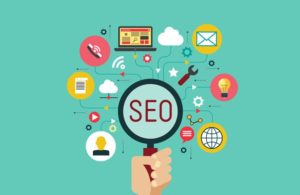
Advanced On-Site SEO Techniques are strategies for optimizing your website for specific search engine algorithms and user preferences. These tactics can help you stand out from competitors and increase organic traffic to your website.
Following are some advanced on-site SEO tactics:
Structured Data
Structured data is semantic markup that provides additional information and context about a web page to search engine algorithms. It can help your content appear prominently in rich snippets, voice search results, local packs, and other features.
Optimize Your Content With LSI Keywords
Latent Semantic Indexing (LSI) keywords are related terms and phrases that search engines use to determine the relevance of a page’s content. Incorporate LSI keywords into your content’s title tag to provide additional context and relevance, making it easier for search engines to understand the topic better.
Accelerated Mobile Pages (AMP)
Implementing AMP can significantly improve your page loading speed, making it easier for search engine algorithms to crawl and index the content. This can help boost your rankings on mobile devices and improve user experience.
Utilize Video Content
Including video content in your website is an effective way to engage your audience and boost organic traffic. Optimize your video content with the appropriate title tags, descriptions, and keywords to make it easier for search engines to discover them.
Leverage User-Generated Content
Encouraging user-generated content such as reviews, ratings, comments, and other forms of social engagement can help build trust and credibility with your target audience. Additionally, the increased content can lead to more organic traffic and improved rankings.
You can greatly improve your website’s visibility on search engine results pages by implementing advanced on-site SEO tactics such as structured data, LSI keywords, AMP, videos, and user-generated content.
The Benefits of Optimizing Your Site for the Search Engines

Better Brand Awareness
By optimizing your website for search engines, you can increase brand awareness and visibility. As a result, more people will become aware of your brand and its products or services.
Increased Revenue
Organic traffic is highly targeted and often leads to higher conversions. You can generate more organic traffic and increase revenue by improving your rankings on search engine results pages (SERPs).
Competitive Advantage
Search engine optimization provides a competitive edge over other businesses in your industry. By optimizing your website, you can stay ahead of the competition and increase your market share.
Cost-Effective
Search engine optimization is a cost-effective way to increase organic traffic and improve visibility without spending much on advertising or other marketing campaigns. It also requires minimal effort compared to other marketing strategies.
By leveraging these benefits, you can maximize your return on investment and improve the overall performance of your website. With the right optimization strategies and techniques, you can ensure that your website stands out from competitors in the SERPs.
The Importance of Quality Content
Creating quality content is essential for successful search engine optimization. Quality content should be relevant to your target audience and provide valuable information. It should also be engaging and well-written.
Additionally, optimize your content with appropriate keywords to make it easier for search engines to discover and index them. Regularly updating your website with fresh content can help keep users engaged and boost your visibility on search engine results pages.
You can also improve the relevancy of your website by providing accurate and up-to-date information. Additionally, regularly adding new content can help keep search engine crawlers returning to your website more often.
By following these on-site SEO strategies and techniques, you can optimize your website for search engines and improve your visibility on the SERPs. Additionally, you can drive more organic traffic to your website and increase revenue.
FAQs
What are some On-Site SEO best practices?
On-site SEO is the process of optimizing a website so that it ranks higher in search engine results pages. To optimize a website for onsite SEO, there are some best practices to remember. These include ensuring the use of relevant keywords throughout your site’s content, creating title tag and meta description that accurately describe the page’s content, creating a well-structured URL structure, and ensuring your website is mobile-friendly.
How can I improve my On-Site SEO?
Improving your on-site SEO requires both technical and creative elements. On the technical side, you should ensure that your website is structured correctly so that search engines can easily crawl it and understand its content, as well as ensure your page titles and descriptions accurately reflect the content of each page.
What is the difference between On-Page and On-Site SEO?
On-page SEO refers to optimizing individual web pages to rank higher and earn more relevant traffic in search engines. On-Site SEO is a broader term that includes optimizing a website’s content and HTML source code and its architecture and structure.
Can I do On-Site SEO myself?
Yes! While getting an expert opinion is always helpful, it is possible to do on-site SEO yourself. Start by researching the best practices for on-site SEO and then review your website’s content and structure to ensure everything follows those guidelines.
What are some common On-Site SEO mistakes?
Common on-site SEO mistakes include not having a user-friendly navigation system, using irrelevant or low-quality keywords, and having pages with duplicate content. It is also important to ensure your website is mobile-friendly and loads quickly so visitors don’t become frustrated and leave the page.
What is onsite Optimization in SEO?
Onsite Optimization in SEO is optimizing a website and its content to rank higher in search engine results in pages. This includes ensuring titles are optimized, improving meta descriptions, ensuring content is of good quality, creating internal links between pages, and ensuring your website is mobile-friendly.
What is Technical SEO vs On-Site SEO?
Technical SEO is optimizing a website’s HTML source code, architecture, and structure to help it rank higher in search engine results pages. On-site SEO optimizes a website’s content and HTML source code to rank higher in search engine results.
What is the difference between On-Page SEO and Off-Page SEO?
On-page SEO is optimizing individual web pages to rank higher and earn more relevant traffic in search engines. Off-page SEO is promoting your website in other places on the internet, such as blogs, forums, and external websites.
Taking the time to optimize your content for a search engine is a crucial step in ensuring that what you’ve worked so hard on will be seen and appreciated. Not only does it help ensure your brand recognition, ranking, and organic visibility in SERPs, but it ultimately helps to grow your online presence. Whether you’re just starting or an expert at On-Site SEO tactics, taking the time to incorporate these practices into your content strategy will only positively impact your efforts overall.
